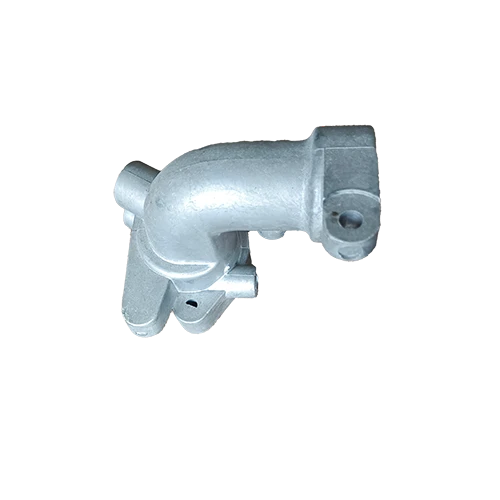Mobile:+86-311-808-126-83
Email:info@ydcastings.com
Cost Analysis of Aluminum Casting for Manufacturing Projects
The Cost of Aluminum Casting Understanding Key Factors and Considerations
Aluminum casting is a crucial process that transforms molten aluminum into various shapes and forms for numerous applications, ranging from automotive parts to consumer goods. However, the cost associated with aluminum casting can vary significantly based on several factors. Understanding these costs is essential for manufacturers and businesses looking to optimize their production budgets while maintaining the quality and integrity of their products.
Key Factors Influencing Aluminum Casting Costs
1. Material Costs The price of aluminum itself is one of the most significant factors influencing casting costs. Fluctuations in the global aluminum market due to demand, mining costs, and geopolitical factors can impact the overall material costs. Additionally, the choice of aluminum alloy can also affect costs; some alloys are more expensive but offer enhanced performance characteristics.
2. Production Method Different casting techniques—such as sand casting, die casting, and investment casting—differ in costs. While sand casting tends to be less expensive due to lower mold costs, it may not deliver the dimensional accuracy required for certain applications. Conversely, die casting, while more costly in terms of initial setup and tooling, provides high precision and is often more economical for mass production.
3. Mold and Tooling Costs The design and manufacturing of molds and tooling play a critical role in the cost structure of aluminum casting. Custom molds, which are designed to meet specific geometric requirements, can be expensive to produce. Moreover, the durability and lifespan of these molds also influence long-term cost implications. Companies must weigh the upfront costs against potential future savings in production runs.
4. Labor Costs Labor is another significant component in the overall cost of aluminum casting. This includes skilled labor required for operating casting machines, overseeing the melting process, and conducting quality inspections. Additionally, labor costs can vary based on geographic location, local wage standards, and the level of automation employed in the casting process.
aluminum casting cost

5. Production Volume The scale of production also affects the cost of aluminum casting. Higher production volumes can lead to lower per-unit costs, especially when utilizing efficient manufacturing processes and economies of scale. Conversely, small batch production may yield higher costs per unit due to less efficient use of resources and manpower.
6. Finishing Processes After casting, many aluminum parts require additional finishing processes to meet the desired specifications. These can include machining, surface treatments, and inspections. The complexity and length of these processes can add significant costs, depending on the level of finish required for the final product.
7. Quality Control and Testing Ensuring the quality of cast aluminum products is paramount, especially in industries such as aerospace and automotive where safety is a concern. Quality control measures often involve additional testing and inspections, which can lead to increased costs in both time and resources.
8. Environmental and Regulatory Compliance Finally, companies must also consider the costs associated with environmental regulations and compliance. This includes managing waste, emissions, and ensuring that production methods adhere to local and international standards. Investment in green technologies and sustainable practices, while potentially costly upfront, can lead to long-term savings and may improve market competitiveness.
Conclusion
Understanding the various factors influencing the cost of aluminum casting is essential for manufacturers seeking to optimize their processes and manage their budgets effectively. From material costs and production methods to labor and finishing processes, each element plays a pivotal role in the overall expenditure associated with aluminum casting. As demand for aluminum products continues to grow across various sectors, companies that strategically analyze and adapt their casting processes will be better positioned to thrive in an increasingly competitive market. By staying informed about market trends and technological advancements, manufacturers can not only control costs but also enhance product quality, ultimately leading to greater success in the aluminum casting industry.
-
Valve Body Acts as the “Heart” of Flow ControlNewsMay.19,2025
-
Understanding the Importance of ImpellersNewsMay.19,2025
-
Importance of Automobile Water PumpsNewsMay.19,2025
-
How an Engine Oil Pan Works to Keep Your Car LubricatedNewsMay.19,2025
-
Common Materials Used in Pump Impeller ManufacturingNewsMay.19,2025
-
Ball Valve Casting in Modern Pipeline SystemsNewsMay.19,2025











